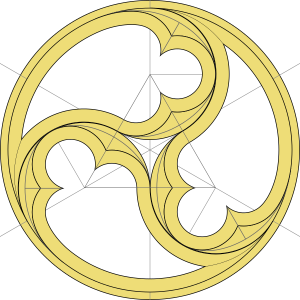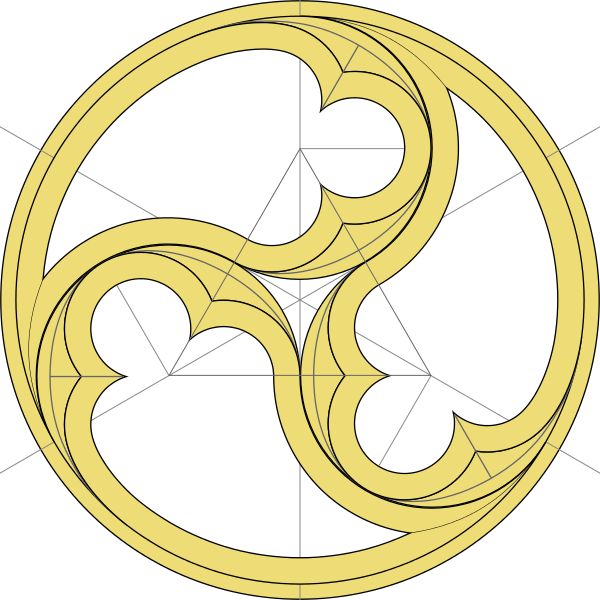The Relational God: Called into The Divine Dance – by Cynthia Holder RIch
 The play of the Godhead, the Trinity’s dance,
The play of the Godhead, the Trinity’s dance,
Embraces the earth in a sacred romance:
With God the Creator, and Christ the true Son,
Entwined with the Spirit, a web daily spun in spangles of mystery, the great Three-In-One.
-Mary Louise Bringle, from The Play of the Godhead, 2000
The central importance of building relationships marked by love and grace in the church, and of building capacity among followers of Jesus for the nurture of such relationships, is born in the heart of a relational God engaged constantly in a divine dance. Early theologians including John of Damascus, a great thinker and leader of the Eastern church, were among those who wrote extensively on the theological concept of perichoresis, an ancient Greek term literally translated “to dance around” or “to dance in a circle”. Theologians ancient and modern have adopted perichoresis as a symbol for the relationship of our relational triune God, as John of Damascus suggests in his epic Exposition of the Orthodox Faith (1.14):
The…three Persons dwell and are established firmly in one another. For they are inseparable and cannot part from one another, but keep to their separate courses within one another, without coalescing or mingling, but cleaving to each other. For the Son is in the Father and the Spirit: and the Spirit in the Father and the Son: and the Father in the Son and the Spirit, but there is no coalescence or commingling or confusion. And there is one and the same motion: for there is one impulse and one motion of the three, which is not to be observed in any created nature.
 John’s understanding of the three persons of the Trinity is that they are indwelling one another, but continue to be individual within the Triune relationship. This is a close relationship, an intimate relationship, marked by love and grace. This is a relationship that builds up but does not overpower; that encourages without taking power from one another; that assists in every move of the dance for all in the relationship to live into and love out their vocation.
John’s understanding of the three persons of the Trinity is that they are indwelling one another, but continue to be individual within the Triune relationship. This is a close relationship, an intimate relationship, marked by love and grace. This is a relationship that builds up but does not overpower; that encourages without taking power from one another; that assists in every move of the dance for all in the relationship to live into and love out their vocation.
It is no wonder, then, that we in the community of those who follow Jesus (and thus follow God, and follow the Spirit) are called into this divine dance – and equipped to gather others to take part in the dance with others. We serve a God who is essentially, intimately relational. We serve a God who is essentially, happily non-hierarchical. We serve a God whose relationships and relationality assist us and encourage us and call us into relationship – with God, with each other, and with the community of all God’s creatures. This should set the stage for us to become people who are able to live into and live out relationships marked by love and grace. This truth can help all who serve God to live into our vocation of those who live interdependent on one another, calling, leading, and following in the dance of ministry.
Perichoresis
Can you hear
the unforced
rhythms of grace?
Do you see
the heavenly
holy dancers?
Are you captivated
by the wonder,
freedom,
movement,
and life
that flows from their
uncreated song?
Can you hear the beating
of their hearts
as they whisper
sonnets
proclaiming their love
for one another
and
for you?
Do you yearn
to join the joyful
throng
encircled in their midst?
For you are invited
to this heavenly
party!
Will you dare to take
the outstretched hand,
kick off your shoes
and dance?
By Sally Coleman, from With Unveiled Faces, 2008


I am thrilled by the poem “Perichoresis” Cynthia!
I have been a pastor for over sixty years and still feel the power of Luther’s words: “Every believer is a pope, a bishop or a priest!” Every believer functions with the power of the “ordained!” Pope Francis has called every Catholic to be an “evangelist” proclaiming the joyous Gospel. I’ve happened on your site and resonate to your descriptions of the called out ones. I’ve been writing on this subject for over three years now and have two “books” and an essay in process. The called out ones to which the apostolic witness speaks were actually crucified or at the very least stowed away in a library vault in 325 a.d. when in shaping the Nicene Creed the Communion of Saints was cut. Why?
Your are a part of the army of Christian believers who are fostering relational spirituality with the loving God who loves everyone at the center. ent
Today I began writing words to Norwegian folk songs centering on “raising the communion of saints from the dead.” The church, an institution of state power, has ignored a powerful communion that, in four hundred years, brought 40% of the Roman Empire into relationship with God and a communion of believers.
Thank you so much for your work. You inspire me. Art Dale, harthur.dale@gmail.com